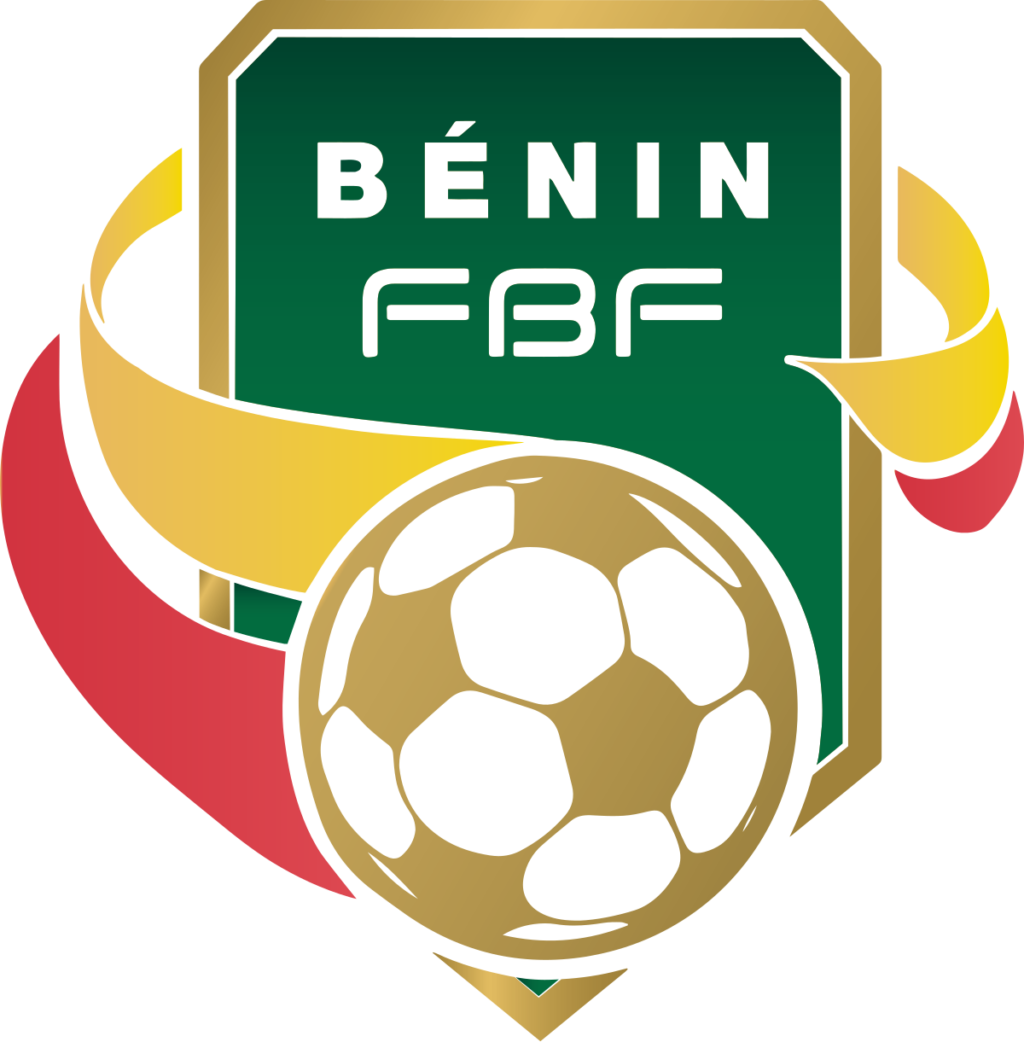
Benin FC
Benin FC is more than just a football club; it’s a symbol of burgeoning athletic talent, resilience, and ambition in West Africa. Over recent years, the team has transformed from a modest local side into a dominant force in Beninese football, inspiring countless young athletes and capturing the attention of regional and continental audiences. Benin FC’s journey showcases how strategic development, passionate leadership, and community support can elevate a sports organization to new heights.
This article delves into the comprehensive rise of Benin FC, exploring its historical roots, strategic growth, notable achievements, challenges faced along the way, and its promising future as a powerhouse in African football. Each section provides a detailed analysis backed by insights, facts, and reflective perspectives, aiming to paint a complete picture of this remarkable football institution.
The Historical Roots and Origins of Benin FC
Understanding the rise of a football powerhouse like Benin FC requires examining its origins, foundational principles, and early struggles. This section explores the club’s inception, initial ambitions, and formative years that set the stage for its later successes keonhacai.
The Birth of Benin FC and Its Early Years
Founded in the early 1960s amidst a wave of national pride and the quest for sporting excellence, Benin FC was established as part of broader efforts to develop sports infrastructure in the country. Initially, it functioned as a small local team, primarily composed of amateur players who competed in regional tournaments.
In these humble beginnings, the team was driven by a passion for representing Benin on the football field. Their early matches were characterized by fierce determination, often punching above their weight against better-funded teams. Despite limited resources, the club built a strong local fan base through relentless effort, community engagement, and youth development programs.
Over the decades, Benin FC gradually matured, embracing professionalism and adopting structured training regimes. The club’s management recognized that sustainable growth required investment in infrastructure, scouting systems, and coaching staff. These foundational steps laid the groundwork for future success and helped foster a winning mentality within the squad.
Key Milestones in the Development of Benin FC
Several milestones punctuated the club’s evolution, marking its transition from local underdog to regional contender. Notable among these are:
- First National League Title: Achieved in the late 1980s, signaling the team’s arrival at the top tier of Beninese football.
- Participation in CAF Competitions: The club’s debut in the Confederation of African Football (CAF) tournaments in the early 2000s expanded its exposure and experience.
- Youth Academy Establishment: Recognizing the importance of nurturing local talent, Benin FC launched its youth academy in the mid-2010s, which now produces some of the best young players in the country.
- Major Sponsorship and Partnerships: Securing sponsorship deals with regional businesses boosted financial stability and attracted better players and facilities.
Each milestone represented a step toward establishing a resilient and competitive club culture. The cumulative effect of these achievements helped push Benin FC into the national spotlight.
Challenges During Its Formative Years
Despite these progress points, the club faced numerous hurdles. Financial constraints often limited player acquisitions and infrastructure upgrades. Political instability and economic fluctuations in Benin also impacted operational stability, sometimes causing disruptions in league participation or delayed developmental projects.
Furthermore, the lack of international exposure meant that many talented players moved abroad early, leading to a “brain drain” phenomenon. However, the unwavering commitment of club officials, local authorities, and supporters kept the dream alive, fueling ongoing efforts for growth and modernization.
The Role of Community and Fan Support in Early Growth
Community involvement was pivotal during Benin FC’s early days. Local supporters, including youth groups and community leaders, rallied around the club, fostering a sense of ownership and pride. These grassroots connections translated into higher attendance at matches, volunteer-driven initiatives to improve facilities, and local sponsorships.
By cultivating a loyal supporter base, Benin FC created an environment where talent could flourish and attract further investment. This symbiotic relationship between the club and its fans became a hallmark of its identity and a foundation for subsequent rise.



